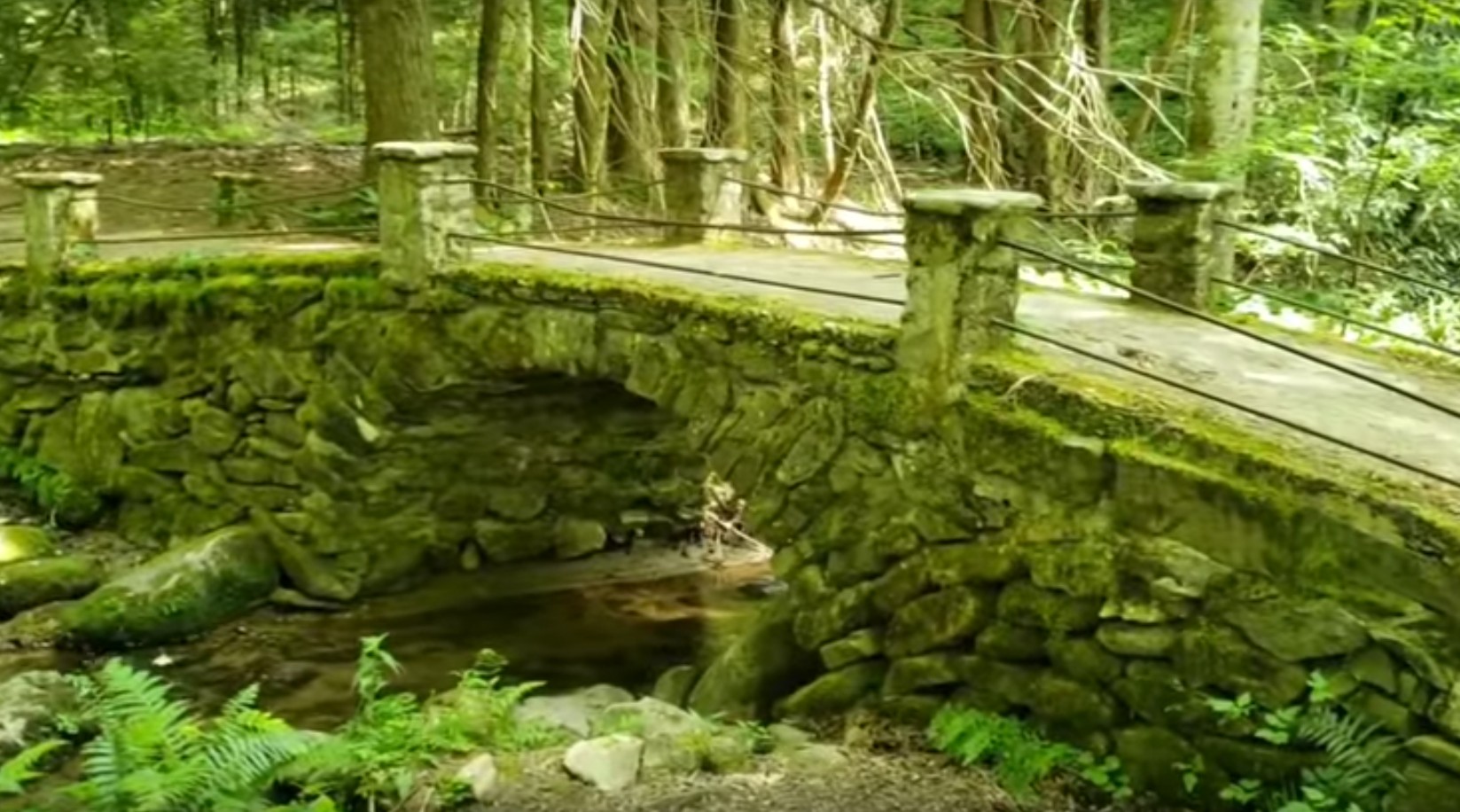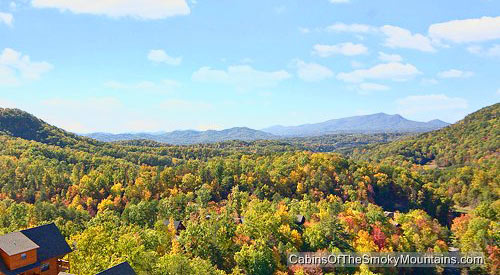Here is a brief guide to several distinct areas in Great Smoky Mountains National Park, useful for the new visitor to get oriented to some of the special places and scenic natural features. Visitors to the Smoky Mountains return year after year, and discover their favorite places, gradually learning many of the countless things to do and to see in the Gatlinburg area. Here are some of the more notable.
Elkmont Campground Area
Elkmont is a natural target for many, only 8 miles from Gatlinburg and a hub for many scenic features in the national park. Heading west from Gatlinburg along Little River Road towards Cades Cove, Elkmont is a natural stop along the way. The campground is in a beautiful setting, if you want to try some tent or camper life, and quite accessible, as a front-country campsite (distinct from the back-country sites deeper in the forests that require hiking to get to). From the campground you can get to the Little River Trail, one of the easiest and most pleasant trails, wide enough for the whole family to walk alongside each other. This whole area is gorgeous during the spring wildflower season, and is also central to the June fireflies event. Be sure to see our full guide to the Elkmont Campground Area for more insights into the priceless scenic wonders in this part of the park, and along this road and river – for which our guides to Little River Road and Metcalf Bottoms will offer more rich detail.
The Tremont Area
Tremont is a quiet and secluded place, with an access road that is often missed by travelers heading to Cades Cove. The road leads to Great Smoky Mountains Institute, which is well worth a visit. Notable also are the trails that lead from this road, with some hiking available that is not too difficult and that leads to stunning natural beauty. This area is topographically connected with the Elkmont area, but you’ll need a map and hiking boots to see how that works. Upper Tremont Road leads on beyond the Institute and offers access to another trail leading to a nice waterfall and cascades, as well as a Quiet Walkway. See or full guide to the Tremont Area for more details.
Cades Cove
This huge mountain valley with its astonishing sense of quiet is the most popular destination in Great Smoky Mountains National Park, and this comes with its obvious drawbacks of crowds and traffic. In summer in recent years, the loop road around the Cove has been closed to vehicles on Wednesdays, and open to walkers and bikers – a very popular innovation, and one that the abundant wildlife probably enjoy as well. Cades Cove is popular for good reasons, and a visit is recommended – go early in the morning, watch out for wildlife, know the rules, and be prepared to go slow. Also know about Rich Mountain Road as a potential escape valve from the Cove if the traffic gets heavier than you want. See our monster guide to Cades Cove for a great wealth of detail before you go, including the Cades Cove App.
The Greenbrier Area
So much for the western side of Gatlinburg. A little to the east lies Greenbrier Road, quite accessible from East Parkway but rapidly plunging deep into old forest. This is a quiet area running alongside the Little Pigeon River and water safety is something you should know about as you dip your toes in the many attractive spots. There is a small picnic area along the road that offers a beautiful place to stop, sit, listen and breathe again. Farther on into the adventure, trails open up to two great waterfalls, and these are not spur-of-the-moment hikes: be prepared in advance for these treks, and the rewards are worth the effort. This area is beautiful in the spring wildflower season and also in the fall leaf color season. See our full guide to the Greenbrier Area.
The Cosby Area
Farther to the east from Gatlinburg lies the Cosby area, with a quiet picnic area wonderful enough to make a special lunch for. Close by is a special Nature Trail that kids will love for its quaint bridges. From here also, you can take a trail to a great waterfall, and if you’re up for even more hiking you can find several more trails to take you deep into nature. The Cosby area is another great place for wildflowers in the spring season. See our guide to the Cosby Area for more details.
Hopefully this insider overview will help to see how the Tennessee side of the national park all ties together and to navigate the region. See our super-collection of Guides to Great Smoky Mountains National Park for many more attractions. And for a view of the scenic drives and the set of the roadways, see our guides to Shortcuts and Back Roads as well as Scenic Drives in the Smokies and the all-important Getting Around.
TIP: For more outdoor adventures in the Smokies, check out our Gatlinburg Hiking Trails, and our Smoky Mountains map page. And besides hiking, there are many fun outdoor things to do, which you can find in our Smoky Mountains Activities guide.
And wherever you target your activities in the park and the area, you can make it close to your cabin. We have rental cabins all over the area, including Wears Valley cabins, as well as our Gatlinburg cabins and our Pigeon Forge cabin rental.
For more great attractions in the Smoky Mountains, see what’s going on with Gatlinburg attractions and Pigeon Forge attractions.



